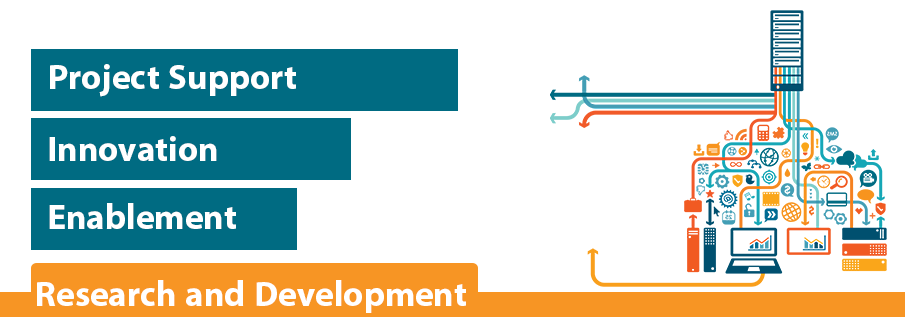
but there are two primary models. In one model, the primary function of an R&D group is to develop new products; in the other model, the primary function of an R&D group is to discover and create new knowledge about scientific and technological topics for the purpose of uncovering and enabling development of valuable new products, processes, and services. Under both models, R&D differs from the vast majority of a company’s activities which are intended to yield nearly immediate profit or immediate improvements in operations and involve little uncertainty as to the return on investment (ROI).
Market dynamics have made it imperative for technology companies to innovate and roll out products at a faster pace and at lower costs. Partnering with the right company to build products correctly the first time and co-innovate in new technology is critical to success. IIS’s domain-specific end-to-end R&D services are designed to help organizations meet their engineering needs, enabling them to succeed in the global market.
IIS’s technology building blocks, in the form of Intellectual Property and frameworks help bridge technology gaps and bring products to market faster. Our product-centric services approach and mature ecosystem partners allow us to provide value beyond engineering services through complete product ownership.
Benefit of research and development by sector
In general, it has been found that there is a positive relationship between research and development and firm productivity across all sectors, but that this positive relationship is much stronger in high-tech firms than in low-tech firms. In research done by Francesco Crespi and Cristiano Antonelli, high-tech firms were found to have “virtuous” Matthew effects while low-tech firms experienced “vicious” Matthew effects, meaning that high-tech firms were awarded subsidies on merit while low-tech firms most often were given subsidies based on name recognition, even if not put to good use. While the strength of the relationship between R&D spending and productivity in low-tech industries is less than in high-tech industries, studies have been done showing non-trivial carryover effects to other parts of the marketplace by low-tech R&D.
